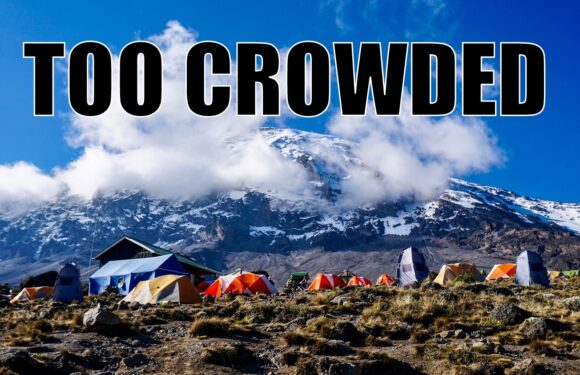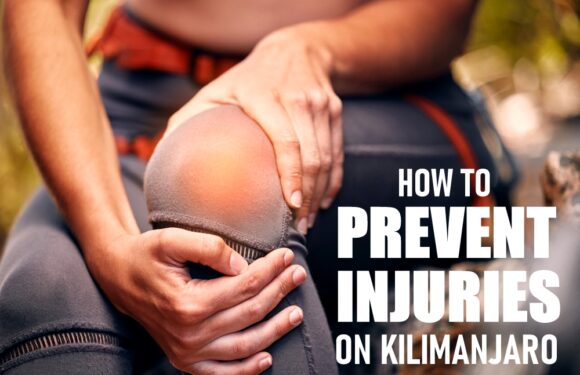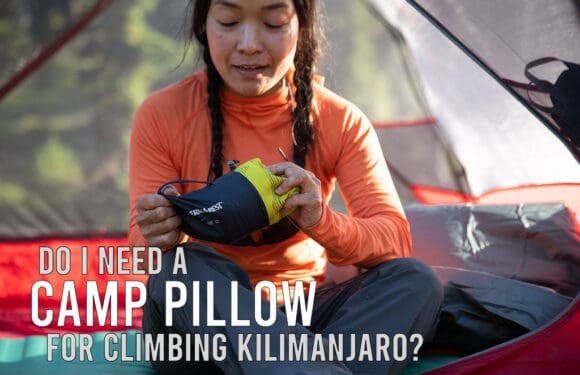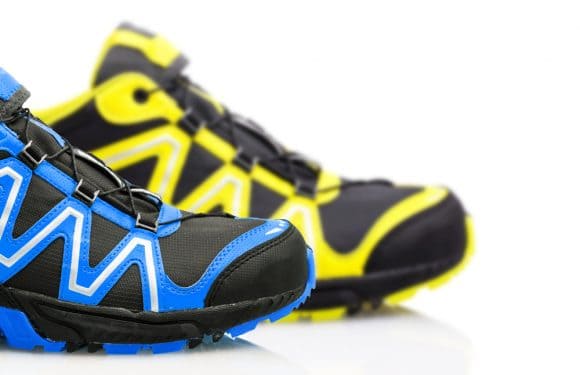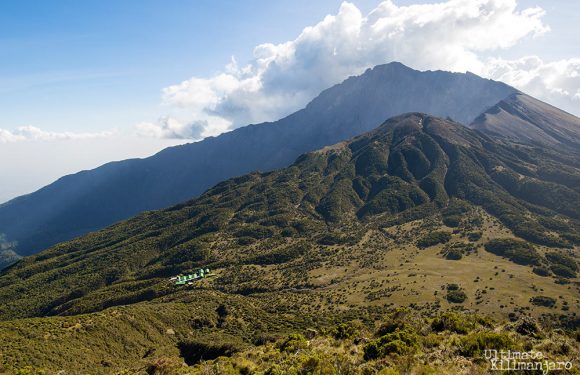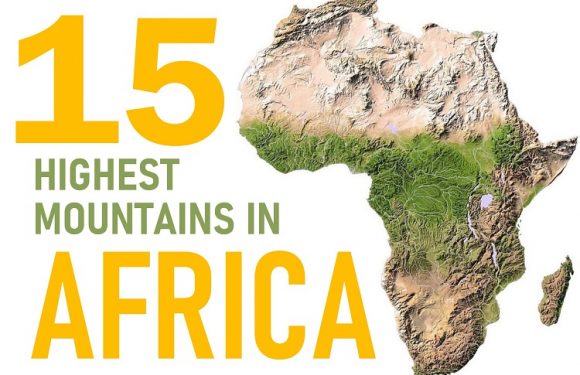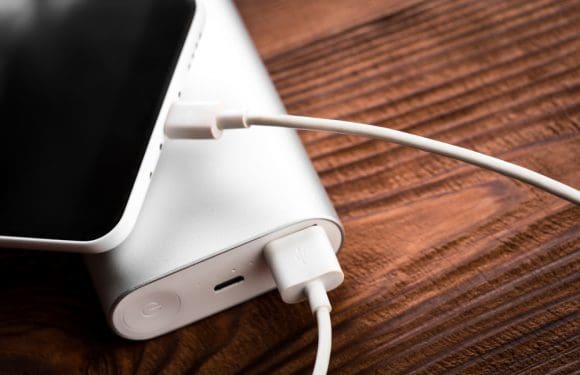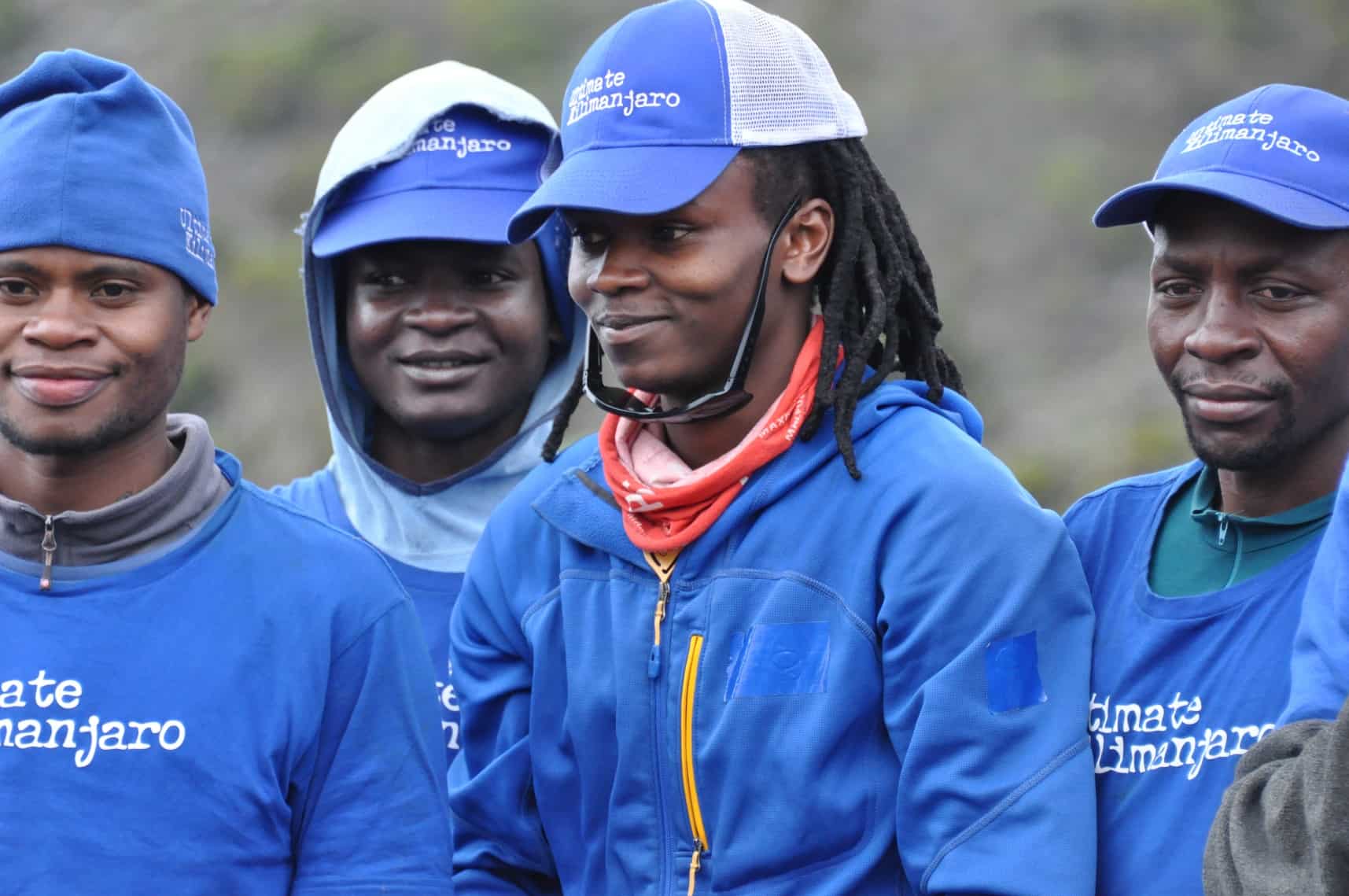The equatorial sun is very strong. While you should make it a habit to protect your eyes against the sun’s UV rays all the time, on Kilimanjaro it is extra important that you have the right eyewear.
UV Protection (UV400)
The most important feature for your sunglasses is that they provide 100% protection from UV rays. Ultraviolet, or UV, is high-energy light that’s beyond the spectrum visible to humans. UV radiation is harmful to the eyes. Overexposure to this light is thought to be a cause of cataracts, retinal damage and other eye problems.
UV exposure at high altitude is substantially greater than at sea level because there is less atmosphere to filter out ultraviolet light. It is estimated that with every 1,000 meters (3,280 feet) in altitude, UV levels increase by about 10%. So, on the summit of Kilimanjaro, there is approximately 60% more UV radiation than at sea level. On top of that, in snowy environments, up to 90% of the radiation can be reflected off the ground. Under these circumstances, the intensity of UV radiation is effectively two times greater than at sea level. This is why you need to take your eye protection seriously.
When choosing your sunglasses, make sure they provide 100% protection from UV rays. Look for products that specifically state this, or are labeled as UV400, which essentially means the same thing.
Visible Light Transmission (VLT)
Visible Light Transmission, or VLT, is the percentage of light that passes through sunglasses lenses. Dark tints have a lower VLT and block more light while light tints have a higher VLT and block less light.
VLT for sunglass lenses are categorized in the following way:
| Category | Lens Tint | VLT |
|---|---|---|
| 0 | None or very light tint | 80-100% |
| 1 | Light tint | 43-80% |
| 2 | Medium tint | 18-43% |
| 3 | Dark tint | 8-18% |
| 4 | Very dark tint | 3-8% |
- Category 0 (80% to 100% VLT): Clear or very lightly tinted lenses. For nighttime, overcast days, or indoor use. Provides minimal reduction of sun glare.
- Category 1 (43% to 80% VLT): Lightly tinted lenses. For use in low-light conditions where you need slight sun glare protection, such as on partly cloudy days.
- Category 2 (18% to 43% VLT): Moderately tinted lenses. For mixed lighting conditions. Good for everyday use, offering a balance between protection and visibility.
- Category 3 (8% to 18% VLT): Dark lenses. For bright, sunny days. Provides significant glare reduction. Most common choice for regular outdoor activities in sunny conditions.
- Category 4 (3% to 8% VLT): Very dark lenses. For extremely bright conditions, such as use in snow-covered landscapes, high seas, or desert environments. Offers maximum glare reduction.
Selecting the appropriate VLT category is important to ensure optimal vision and eye protection. For instance, wearing Category 4 sunglasses in low-light conditions could dangerously impair your ability to see, while wearing Category 0 lenses in bright sunlight could lead to eye strain and damage.
Most sport sunglasses are category 3, with a VLT of 8% to 18%. This is also the VLT range that we recommend for climbing Kilimanjaro.
What to Look for in Kilimanjaro Sunglasses
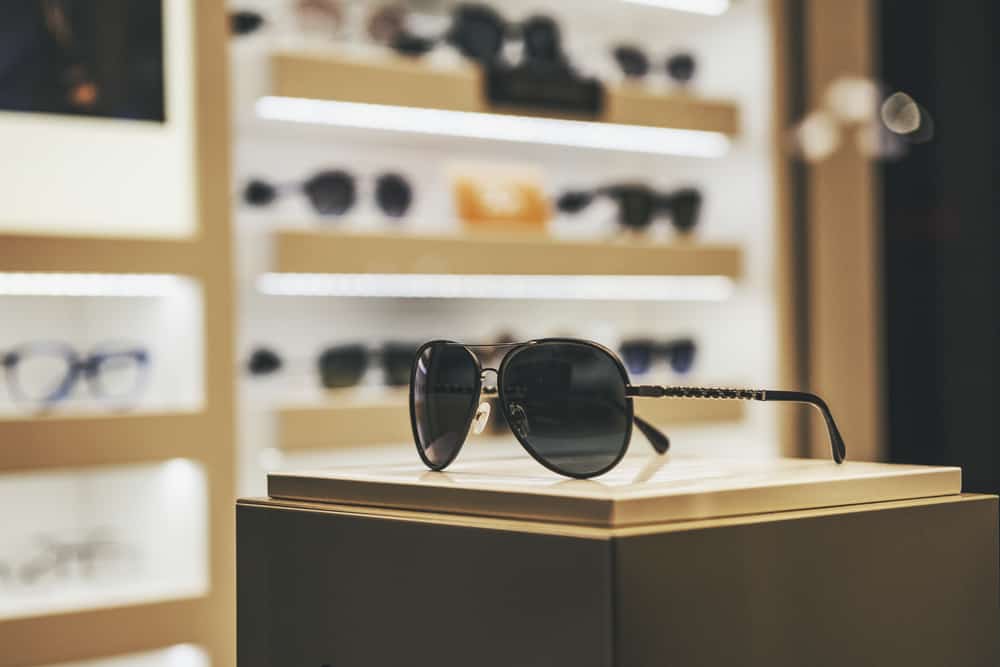
What we look for in sunglasses are these qualilties:
- They protect the eyes from 100% of ultraviolet rays
- They have an appropriate tint to block enough light (VLT of 8%-18%)
- They sufficiently cover the area around the eyes, including the side
- They are comfortable, even when worn for many hours on consecutive days
- They are durable and won’t break from being dropped or banged around in your pack.
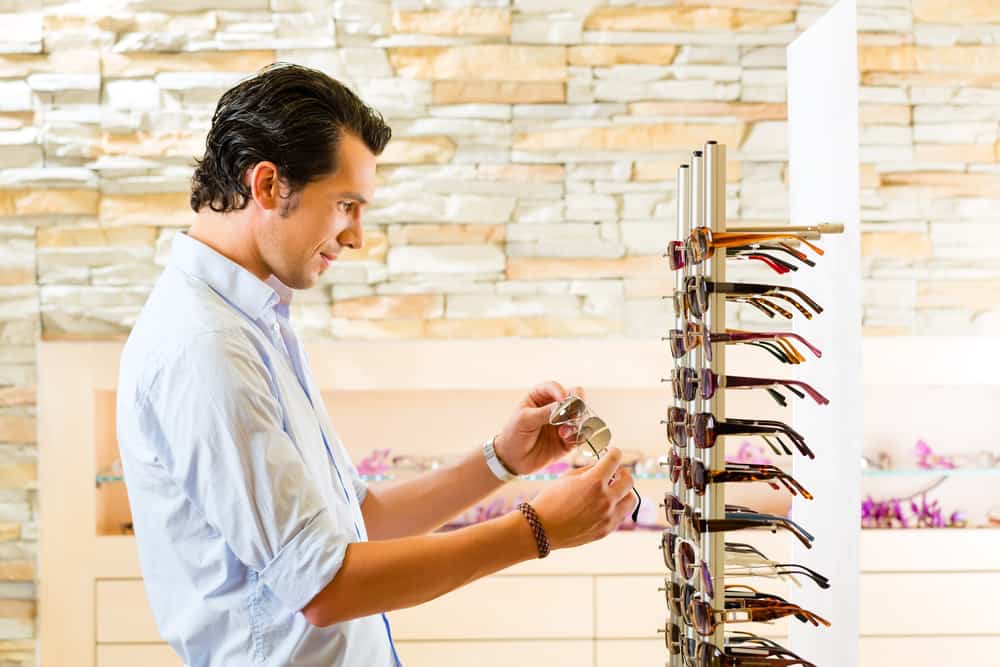
Some lenses are polarized, which means they filter out reflected light and reduce more glare compared to non-polarized lens. This is not particularly important on Kilimanjaro as the snow on the mountain is limited to the very top. However, polarized lenses do make things look better and we think it is worth the cost.
Below we will review different sunglass options and discuss which are the best for climbing Kilimanjaro.
Casual Sunglasses
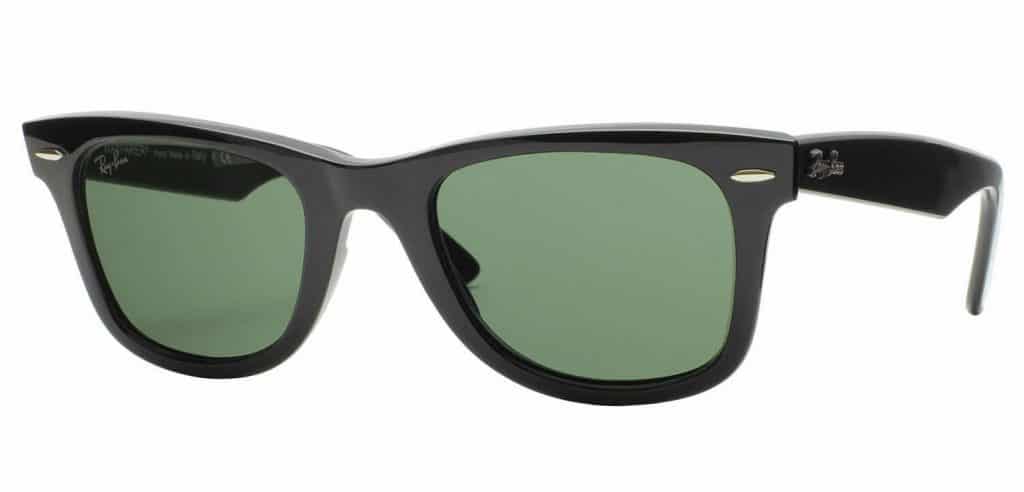
These types of sunglasses are not made for outdoor activities; they are for casual outings. Because of this, these sunglasses are typically not as comfortable, are perhaps heavier, offer less coverage, and do not stay on as well.
From a feature standpoint, they are lacking in many ways and should not be used on the mountain as they can be problematic. Examples include: aviator glasses, wayfarer glasses, and browline sunglasses. Basically, anything worn for fashion, lifestyle or novelty is probably not the best choice for a high altitude alpine trek. Leave these at home.
Shield Sunglasses
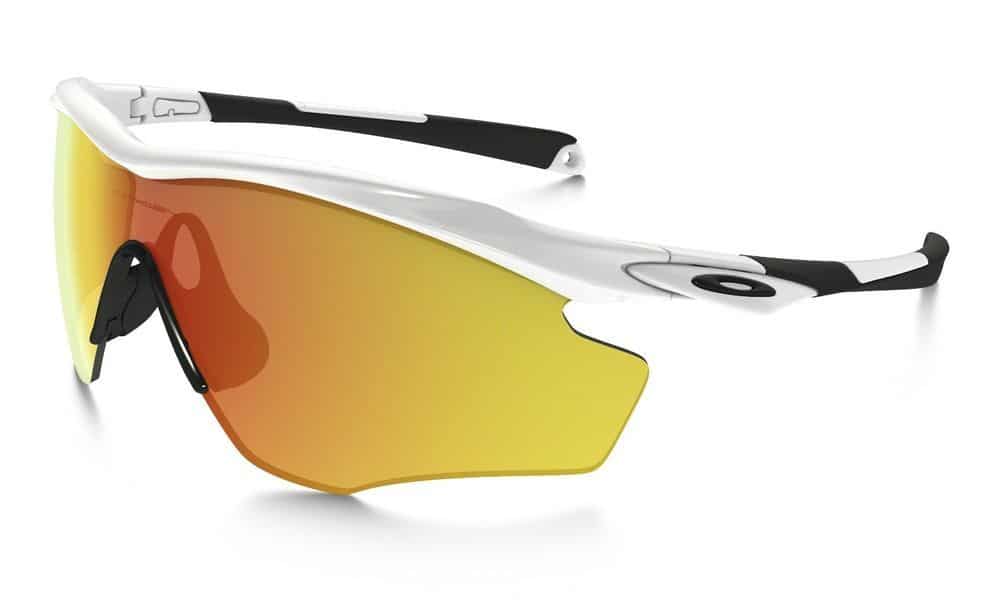
Shield sunglasses are unique in that the lens is one continuous piece that stretches across from one temple to the other. What are great about these types of glasses is that they have excellent field of vision because there is no obstruction in the center unlike traditional frames. Additionally, these sunglasses are usually very lightweight and very comfortable. The arms do not hook around the ears, yet they are snug enough to stay on the face. Most have interchangeable lenses as well so you have the option to right choose the lens for the expected conditions..
Whether shield sunglasses are good versus great for climbing Kilimanjaro depends on the amount of side coverage they have. If there is no side coverage, sun, dust, wind and everything else can freely get into your eyes through this space. But with warap around side coverage, they are a great choice for the mountain.
Sport Sunglasses
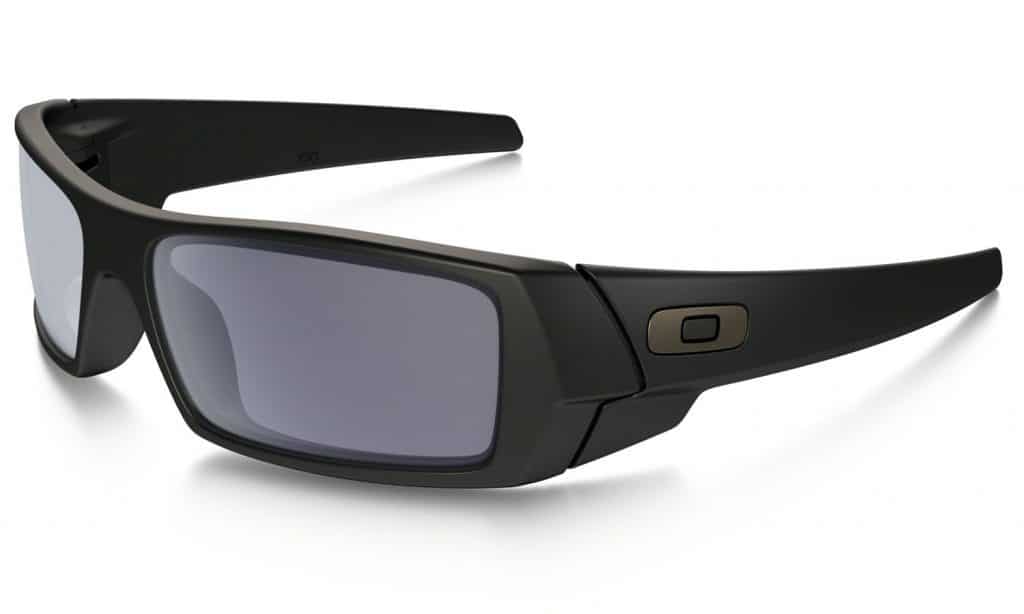
Sport sunglasss are the most popular choice for almost every outdoor endeavor, including hiking and mountaineering. There are endless brands and designs to choose from when it comes to sport sunglasses.
We recommend using sport sunglasses on your Kilimanjaro climb. Find a pair that fit your face, style, and budget. The best sport sunglasses for climbing Kilimanjaro have wrap around coverage, as shown above, to block the elements from the side. Ski sunglasses, which have wider coverage, are excellent. The frame should not cause any pain or irritation from resting on the nose or from pushing against your head and ears. Comfort is key.
Ski Goggles
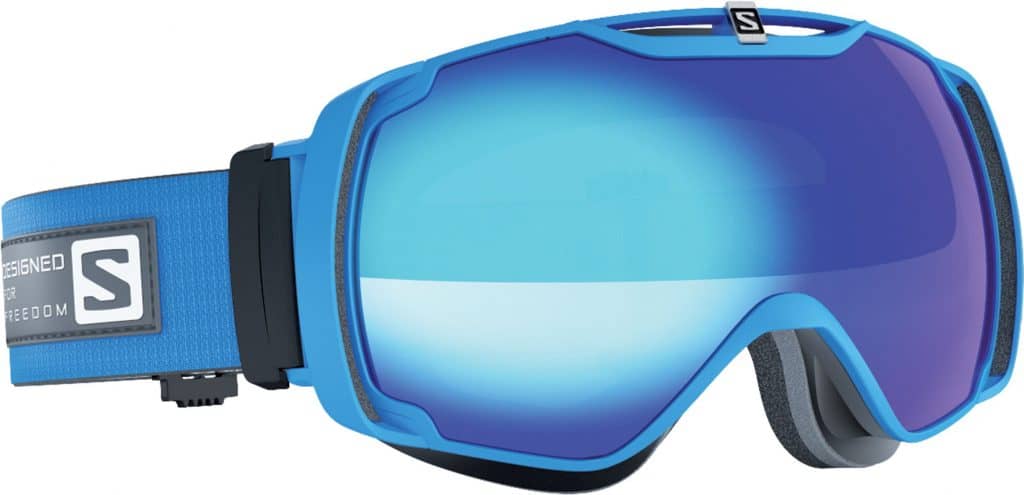
Ski goggles are designed to provide the ultimate protection from the wind and cold, while providing the best field of vision. The goggles form a seal with your face that prevents wind, snow and ice from getting into your eyes. It also keeps your eyes moist and warm. But, the use of ski goggles is very rare on Kilimanjaro. They are big, bulky and impractical for trekking in mild weather. We do not recommend goggles as they are very limited compared to sunglasses.
Glacier Goggles
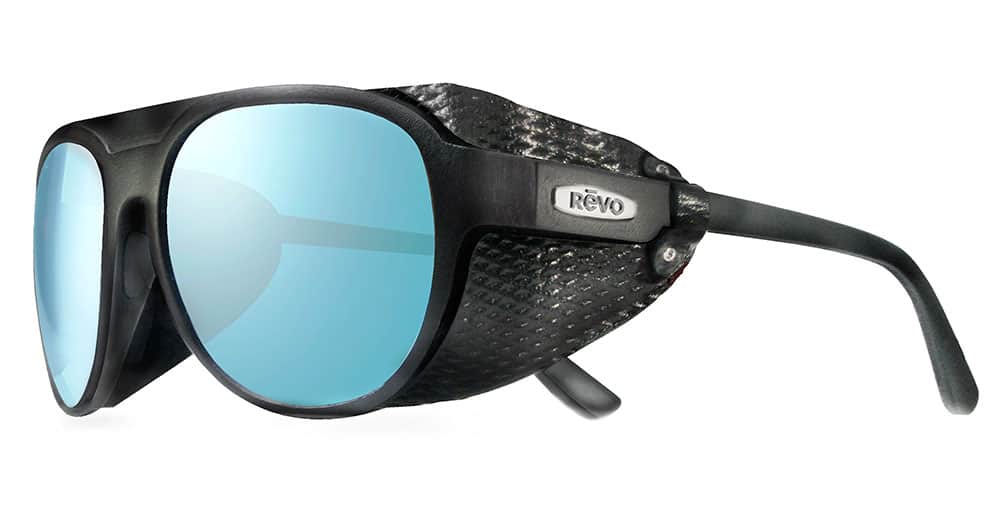
Glacier glasses are designed for mountaineering in snowy environments. Because snow reflects light, causing a blinding glare, these glasses usually feature dark lenses with 3-8% VLT, which is darker than your typical sport sunglasses. Additionally, glacier glasses have serious coverage around the eyes. Typically they have round lenses and removable blinders that provide up to 100% of frame coverage. They work very well because there is no light bleeding in from the sides or the top of the sunglasses.
Glacier glasses might be overkill, but they do have everything you need for tackling Africa’s highest peak. So, If you like the look (we do), go ahead and get them.
Now that you know what to look for, it’s time to go shopping. A full selection of sunglasses can be found at REI, Backcountry and Moosejaw.
__________

See Which is Better for Climbing Kilimanjaro – Contact Lenses or Glasses?




















































